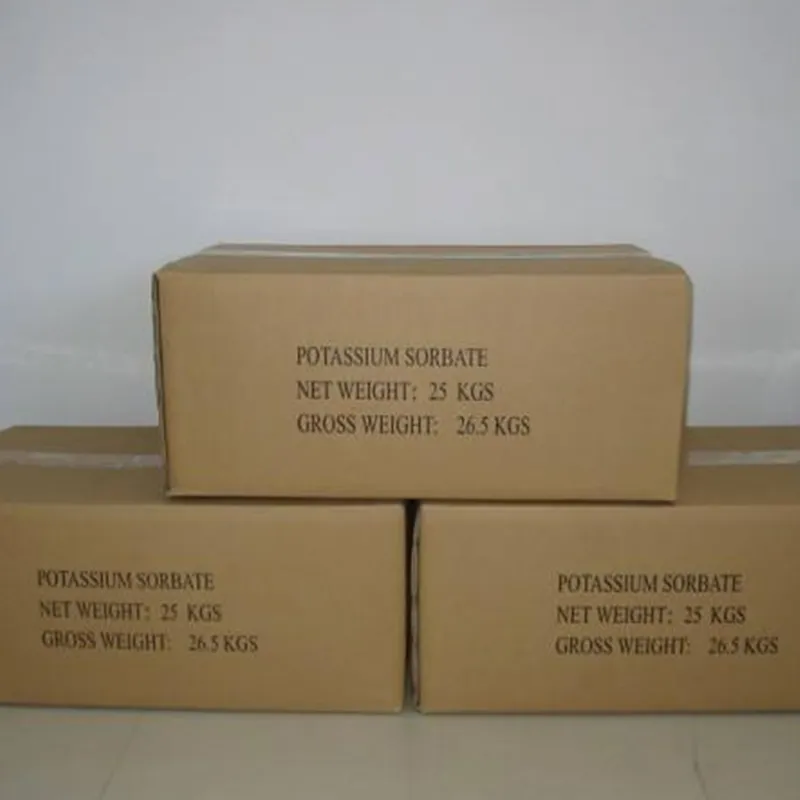
Commonly Used Preservatives
Commonly Used Preservatives An Overview
Preservatives play a crucial role in maintaining the quality and safety of food products. They help prevent spoilage, extend shelf life, and inhibit the growth of harmful bacteria and fungi. With the increasing global demand for processed foods, the use of preservatives has become ever more prevalent. This article explores the most commonly used preservatives, their functions, and their potential impacts on health.
One of the most widely recognized preservatives is sodium benzoate. It is often used in acidic foods such as salad dressings, pickles, and fruit juices. Sodium benzoate works by inhibiting the growth of yeast, bacteria, and fungi. Although it is generally recognized as safe (GRAS) by food safety authorities, concerns have been raised regarding its link to hyperactivity in children and its potential to form benzene, a known carcinogen, when combined with ascorbic acid (vitamin C).
Another common preservative is potassium sorbate, which is particularly effective in preventing mold and yeast growth. It is often found in dairy products, baked goods, and beverages. Potassium sorbate is also considered safe and is favored for its low toxicity levels. However, some individuals may experience allergic reactions or sensitivities, making it essential for manufacturers to label foods containing this preservative appropriately.
Sulfites, including sodium sulfite and potassium sulfite, are frequently used to preserve dried fruits, wines, and some sauces. They act as antioxidants and help maintain the color and flavor of foods. While sulfites are effective at preserving freshness, they can pose a risk to individuals with asthma, as they may trigger severe allergic reactions in sensitive individuals.
commonly used preservatives

Nitrites and nitrates are employed primarily in the meat industry. Sodium nitrite, for instance, is used to cure meats like bacon and ham, giving them their characteristic pink color and enhancing flavor. It also acts as a preservative by inhibiting the growth of Clostridium botulinum, bacteria responsible for botulism. However, there has been growing concern over the potential formation of nitrosamines, compounds that can be carcinogenic when nitrites react with amines during the cooking process. As such, regulatory agencies have recommended limits on their usage.
Another group of preservatives includes natural options like vinegar, citric acid, and rosemary extract. These ingredients are often regarded as safer alternatives and are used in organic and natural food products. Vinegar and citric acid not only act as preservatives but also enhance the flavor profile of foods. Rosemary extract, rich in antioxidants, helps delay oxidation and spoilage, making it a popular choice in health-conscious products.
In recent years, consumers have become increasingly aware of food additives and their potential health effects. This awareness has led to a demand for cleaner labels and transparency in food production. Manufacturers are responding by exploring natural preservatives and reducing the use of synthetic ones.
In conclusion, preservatives are essential in the food industry, helping to maintain the safety and quality of products. While many preservatives are considered safe, it is crucial for consumers to be informed about the potential risks associated with their consumption. By understanding the functions and implications of these commonly used preservatives, consumers can make healthier choices that align with their dietary preferences and needs.
-
The Safety Challenges of Ammonium Nitrate FertilizerNewsJun.26,2025
-
The Critical Role of Mining ChemicalsNewsJun.26,2025
-
Shelf Life of Glacial Acetic Acid Food GradeNewsJun.26,2025
-
Enhancing PVC Longevity with 1,2,3-Benzotriazole InnovationsNewsJun.26,2025
-
China’s Dominance in Food Additive ProductionNewsJun.26,2025
-
Can Aluminum Hydroxide Replace More Toxic Alternatives?NewsJun.26,2025
-
PE and PP Plastics with Benzotriazole AdditivesNewsJun.12,2025
Hebei Tenger Chemical Technology Co., Ltd. focuses on the chemical industry and is committed to the export service of chemical raw materials.
-

view more DiethanolisopropanolamineIn the ever-growing field of chemical solutions, diethanolisopropanolamine (DEIPA) stands out as a versatile and important compound. Due to its unique chemical structure and properties, DEIPA is of interest to various industries including construction, personal care, and agriculture. -

view more TriisopropanolamineTriisopropanolamine (TIPA) alkanol amine substance, is a kind of alcohol amine compound with amino and alcohol hydroxyl, and because of its molecules contains both amino and hydroxyl. -

view more Tetramethyl Thiuram DisulfideTetramethyl thiuram disulfide, also known as TMTD, is a white to light-yellow powder with a distinct sulfur-like odor. It is soluble in organic solvents such as benzene, acetone, and ethyl acetate, making it highly versatile for use in different formulations. TMTD is known for its excellent vulcanization acceleration properties, which makes it a key ingredient in the production of rubber products. Additionally, it acts as an effective fungicide and bactericide, making it valuable in agricultural applications. Its high purity and stability ensure consistent performance, making it a preferred choice for manufacturers across various industries.











